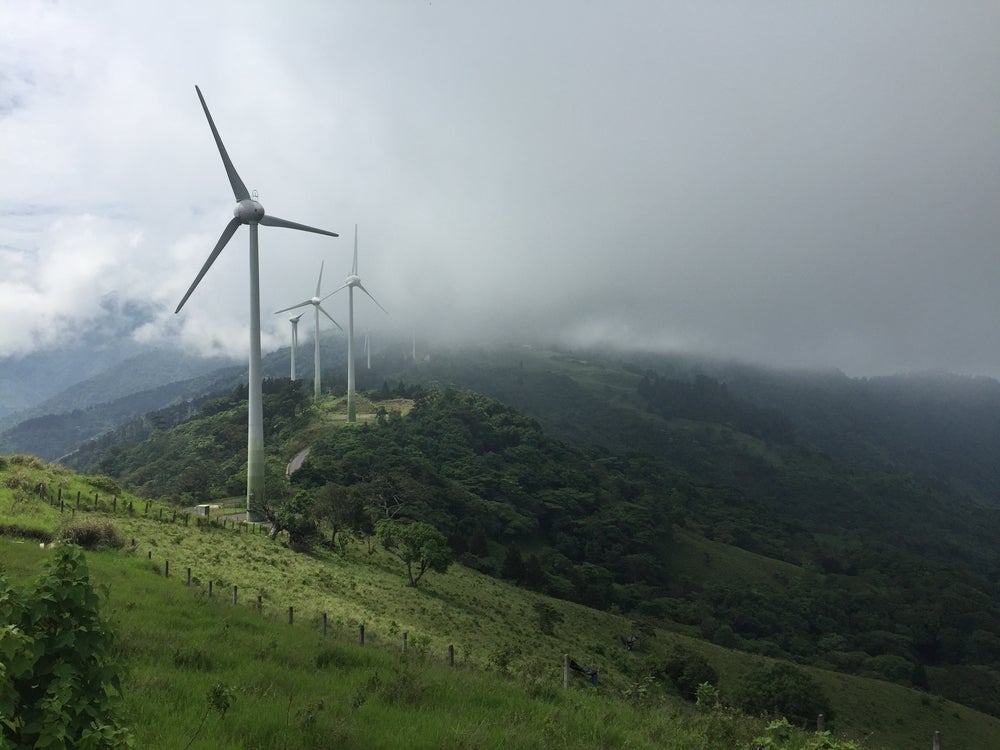Central American countries could save a combined $20bn in energy system costs between 2018 and 2050 by pursuing a more ambitious energy transition, according to new research from the International Renewable Energy Agency (IRENA).
By improving their power system integration, Central American nations could exploit a vast renewable energy potential estimated at around 180GW – ten times larger than the region’s installed capacity today. Achieving that target would require increasing renewables’ share of installed capacity in the power sector to 90% and electrifying 75% of the vehicle fleet by 2050, states the report.

The IRENA analysis, Renewable Energy Roadmap for Central America: Towards a Regional Energy Transition, outlines a Decarbonising Energy Scenario (DES) that reduces CO2 emissions in Central America by 70% by 2050 compared with the 2050 Planned Energy Scenario (PES).
Increasing the annual deployment of renewables in the region three-fold, by 1.4GW per year, compared with the PES would put the region on track to achieving IRENA’s renewable energy target. To further reduce emissions from the transport sector, IRENA recommends green hydrogen as an alternative fuel for heavy cargo road transport and international shipping.
Furthermore, 37% of Central American households today do not have access to clean cooking technologies and fuels. In the DES, cumulative technology costs of around $12.5bn between 2018 and 2050 would see that share fall to just 1%.



